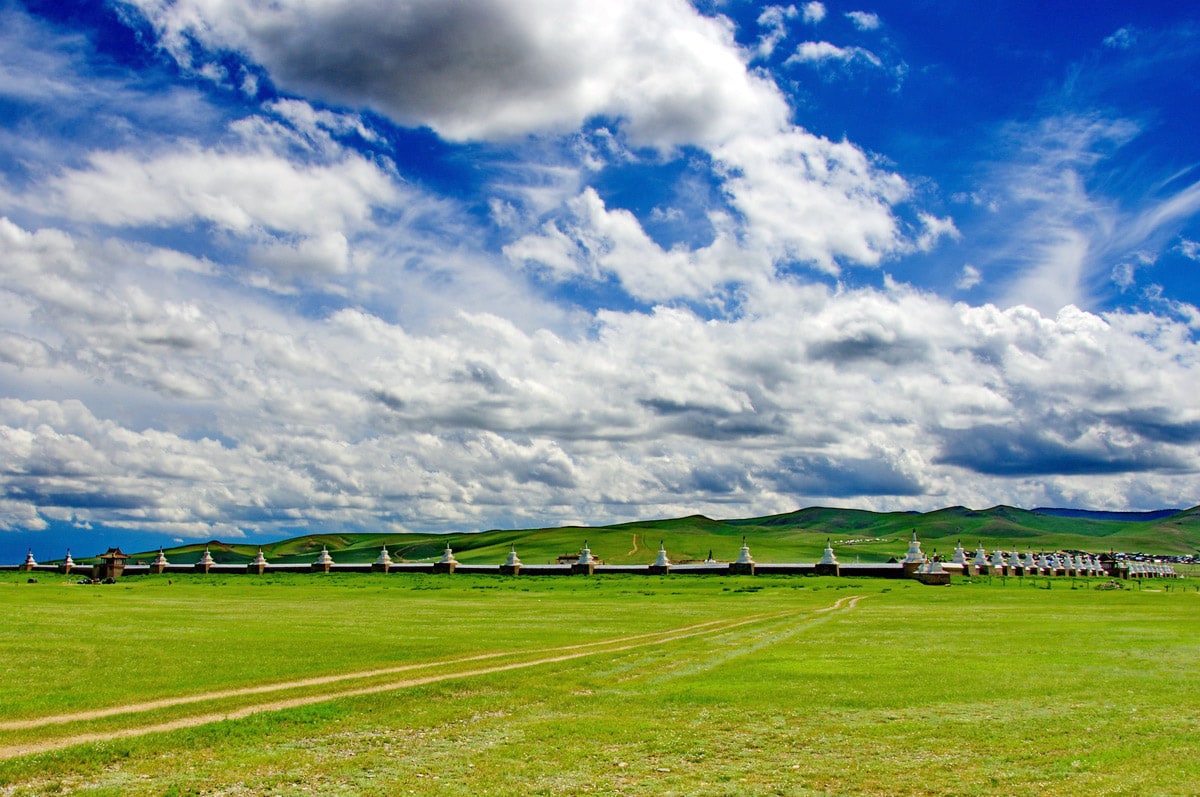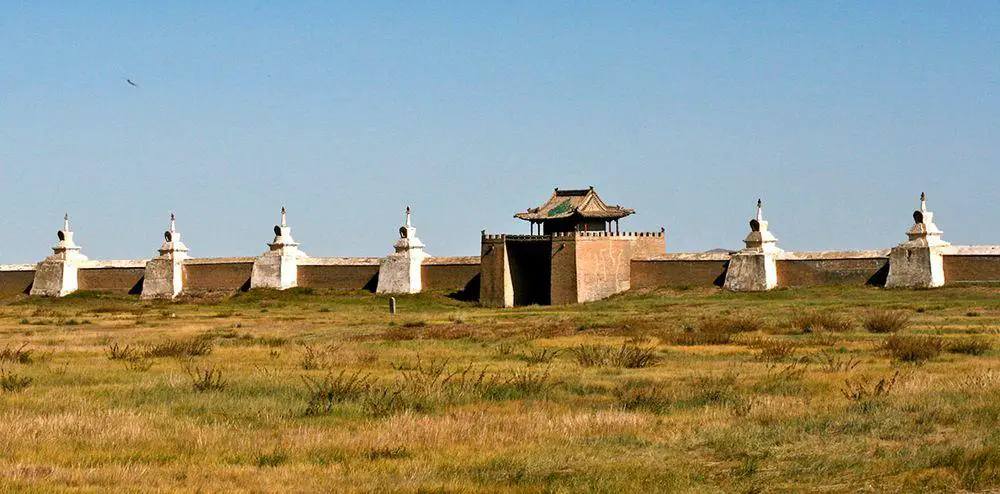Buddhist shrines 🢔 Religious architecture 🢔 Architectural wonders 🢔 Categories of wonders
Wonder
Erdene Zuu monastery
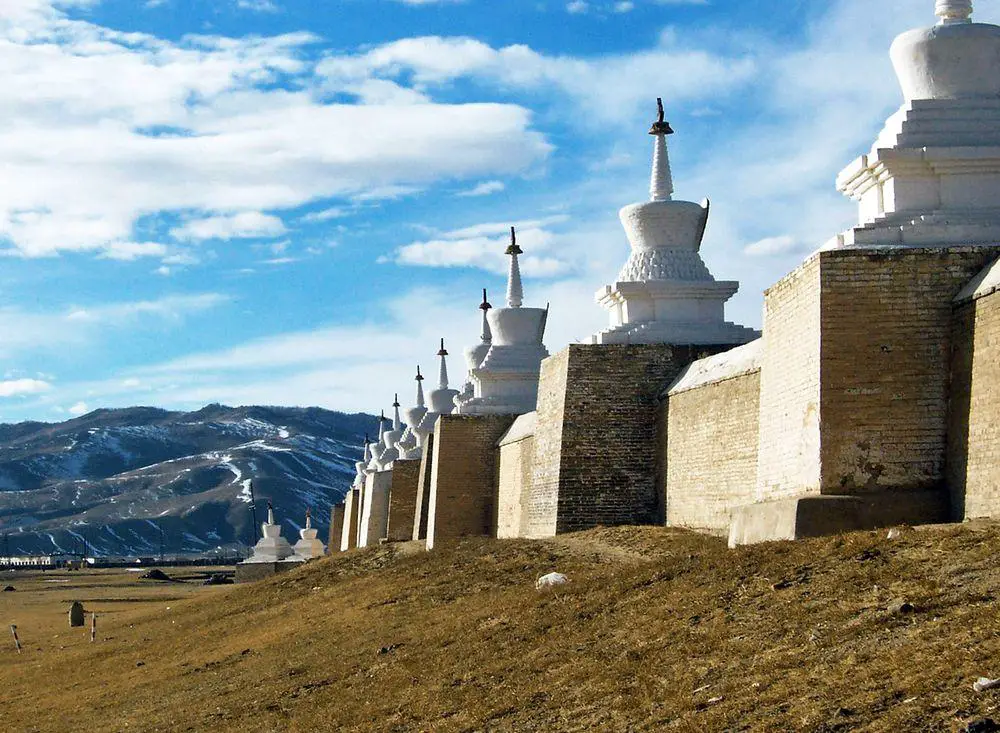
 In short
In short
Erdene Zuu monastery for centuries was key religious, intellectual and political centre of medieval Mongolia. Parts of this important historical landmark have been preserved up to this day, surviving even the grave perils of Socialist times.
 44.5%
44.5%
GPS coordinates
Location, address
Alternate transcriptions
Writing in Mongolian
Founded
Religion
UNESCO World Heritage status
Map of the site
If you see this after your page is loaded completely, leafletJS files are missing.
 In detail
In detail
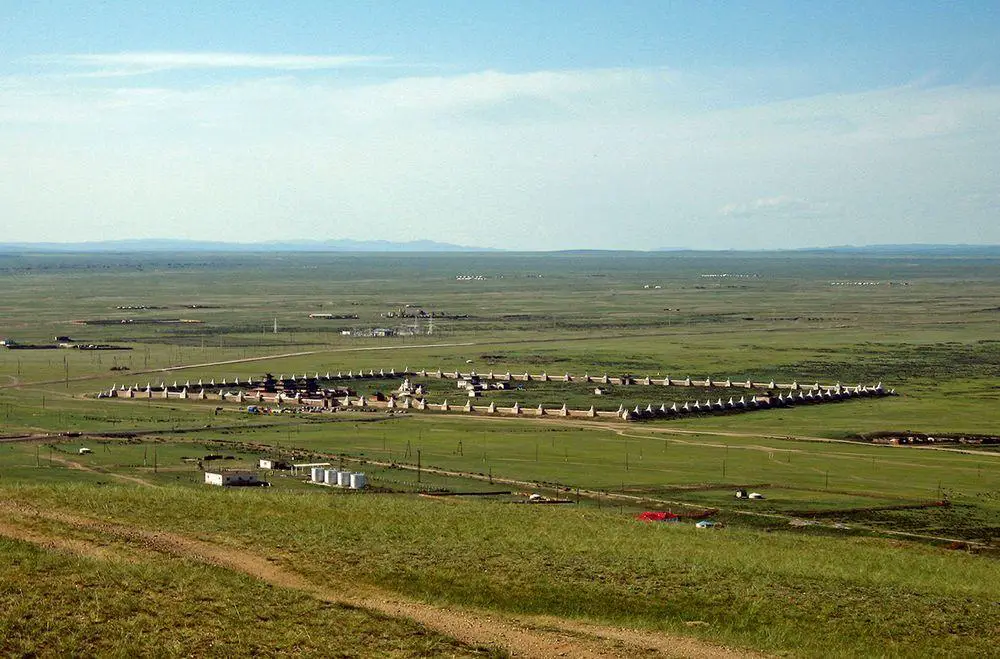
Uyghur temple?
There is a possibility that this monastery is much older, established already during the times of Uyghur Khaganate in the middle of the 8th century AD. Back then here was located Uyghur capital Ordu-Baliq, founded by Bayanchur Khan. He reportedly erected a statue of Buddha in the site of present day Erdene Zuu. Later this statue was transported to the nearby Karakorum but temples in Erdene Zuu remained active.
Monastery next to Karakorum
In the 13th century, when Mongol empire was the largest empire known to the world, was established Karakorum – the capital of the empire. This magnificent city did not have long history – in 1388 it was destroyed and abandoned. Not much remains of Karakorum – just two gate keepers – large statues of turtles near the present day monastery.
Former capital though experienced miraculous rebirth – as the greatest Mongolian monastery.
The great ruler of Khalkha Mongols – Altan Khan (lived in 1554 – 1588) – was inspired by the teachings of Tibetan Buddhists and introduced Buddhism to his land. Third Dalai Lama Sonam Gyatso ordered him to build a large monastery and the site of former Mongol capital was chosen. This was the first known Buddhist monastery in present day Mongolia.
Initially the stones of Karakorum were used for the monastery, as testified by parts of old inscriptions on the stones of temples.
Monastery of Tushet Khans
Erdene Zuu could be translated as "Precious master", after the main treasure of monastery – statue of Buddha with relics of Gautama Buddha, granted by Dalai Lama.
Construction of monastery was funded mainly by Altan Khan and his children – thus it was seen as a family monastery of his family – Tushet Khans. This dynasty has great influence on the history of Mongolia, they established also the present day capital of country – Ulaanbaatar.
Altan Khan wanted to proceed fast. He brought masters from Hohhot, who in turn brought the Chinese influence on the architecture of monastery. Already one year later – in 1586 – there were built first three temples, which were devoted to different life periods of Buddha – childhood, adolescence and adulthood.
Walls of temples in monastery were covered with frescoes, Chinese styled roofs covered with green tiles.
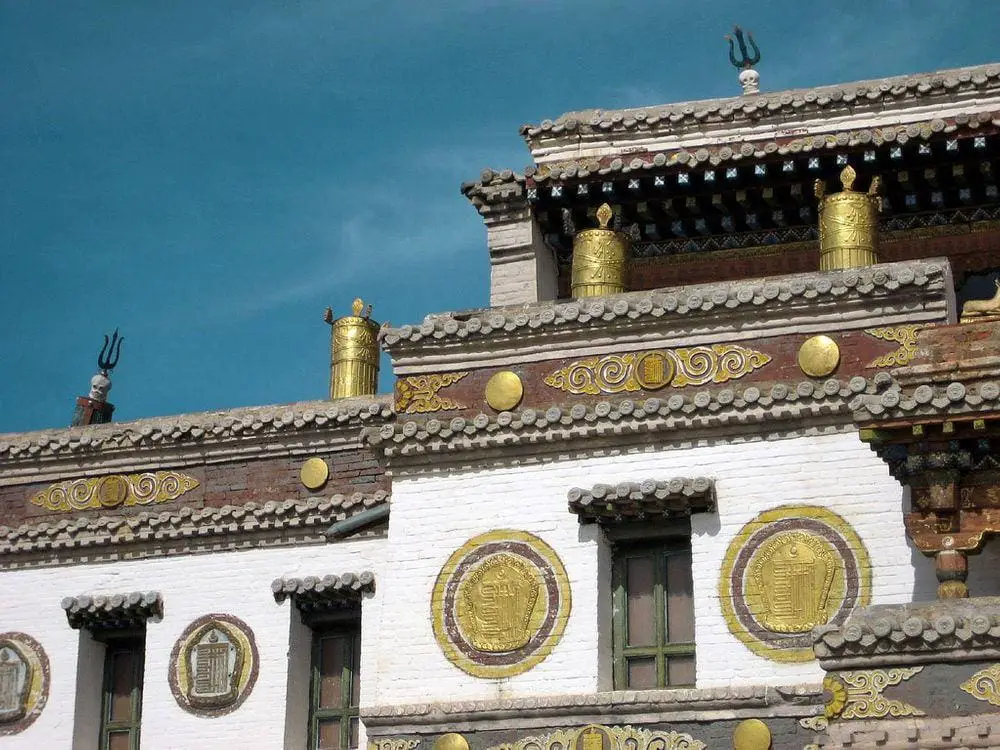
Hub of the Mongol history
Dzungarian army advanced in this area in 1688, forcing evacuation of monastery. Local people used this opportunity and took all the wooden fence around it. When the war with Dzungarians ended, reconstruction started and lasted until 1706.
Dzungarians attacked again in 1731 and the main battle took place near Erdene Zuu. Legends tell that stone lions at the entrance of monastery started to roar and frightened Dzungar warriors into the stream of Orkhon, drowning them.
When Yongzheng Emperor learned about this, he bestowed to Orkhon River a title of prince and a revenue of 15 kg of silver every year. Monastery received a prize in a form of reconstruction.
Three years later – in 1734 – started construction of wall around the monastery, works lasted until 1806. This impressive, 1.76 km long wall encloses 470 by 415 m large area. Wall is adorned with 100 stupas – 92 in walls, four gates and four more stupas – near the corners.
In 1745 this monastery experienced one more unusual event – a local Buddhist disciple Bunia made several attempts to fly with self invented device, similar to parachute. This brave man was heavily punished for this and died from wounds.
In 1776 there was started next large scale reconstruction, last major works were done in 1808.
In 1872 there were 62 temples inside the enclosure, here lived up to 1000 monks.
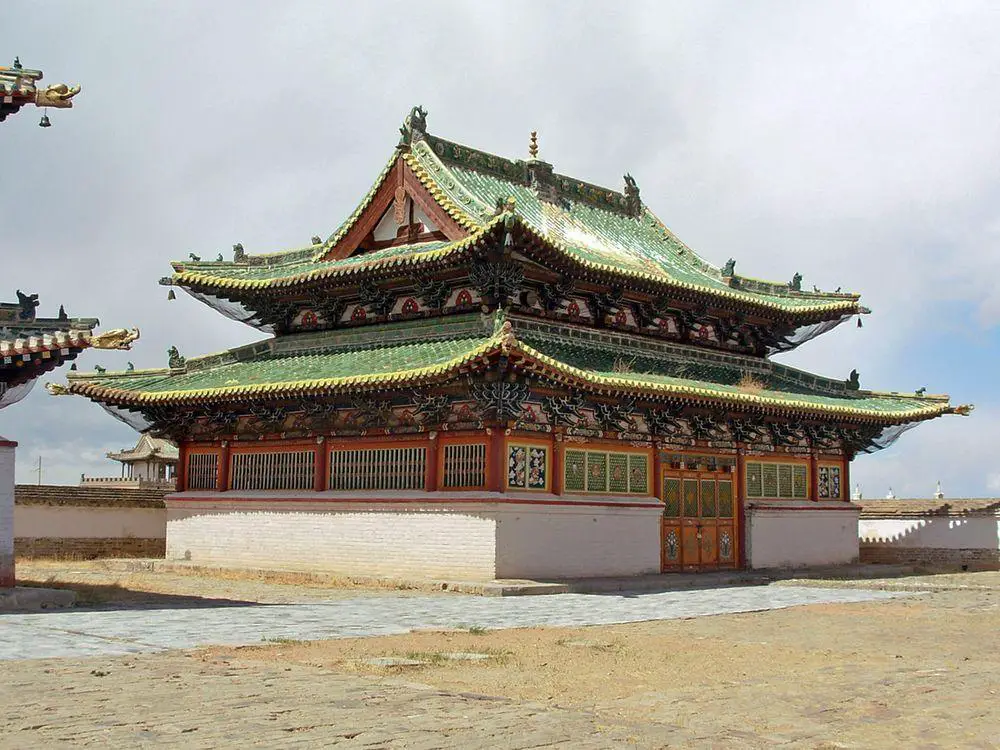
Catastroph of the 20th century
In 1939 the Socialist government ordered destruction of monasteries in Mongolia. Immense values of art and culture were eliminated, Buddhist monks and young disciples were killed or exiled to Siberia.
This disaster struck Erdene Zuu as well, but a factor of luck took place as well. In 1944 monastery was visited by US vice president Henry A. Wallace and some parts of monastery were spared, even some restauration works took place.
There remained the impressive wall with stupas and three – four temples, which were turned into museum in 1947.
In 1990 Socialist times ended and monastery was returned to lamas, Erdene Zuu now operates both as monastery (one temple) and museum (all other buildings).
Amazing number of valuables from the monastery were hidden in nearby mountains and hidden in homes of surrounding Mongols – to great danger of these people.
There are on-going some reconstruction works, but full reconstruction is not envisioned yet.
Remaining buildings
Most impressive remnant of the historical monastery is its grand wall, but there are several historical temples as well.
Main remaining temple is called Zuu of Buddha. To the west is Baruun Zuu ("left temple") – one of three original temples built by Abtai Khan, but to the east – Zuun Zuu ("right temple"). There is also Golden Prayer Stupa (constructed in 1799) and a small temple next to it, which, according to legends, is the very first temple built here.
At the far end is located Lavrin Süm temple, constructed in Tibetan style – it is the only active temple today. Erdene Zuu now serves as a Buddhist school where mundane subjects are taught as well.
Monastery contains also the grave of Abtai Sain Khan and his grandson Tüshet Khaan Gombodorj – father of the great Zanabazar.
Near the temple on a hill stands Kharkhorin Rock – a large stone phallus, which was made to restrain the sexual impulses of monks and ensure their good behavior.
 Linked articles
Linked articles
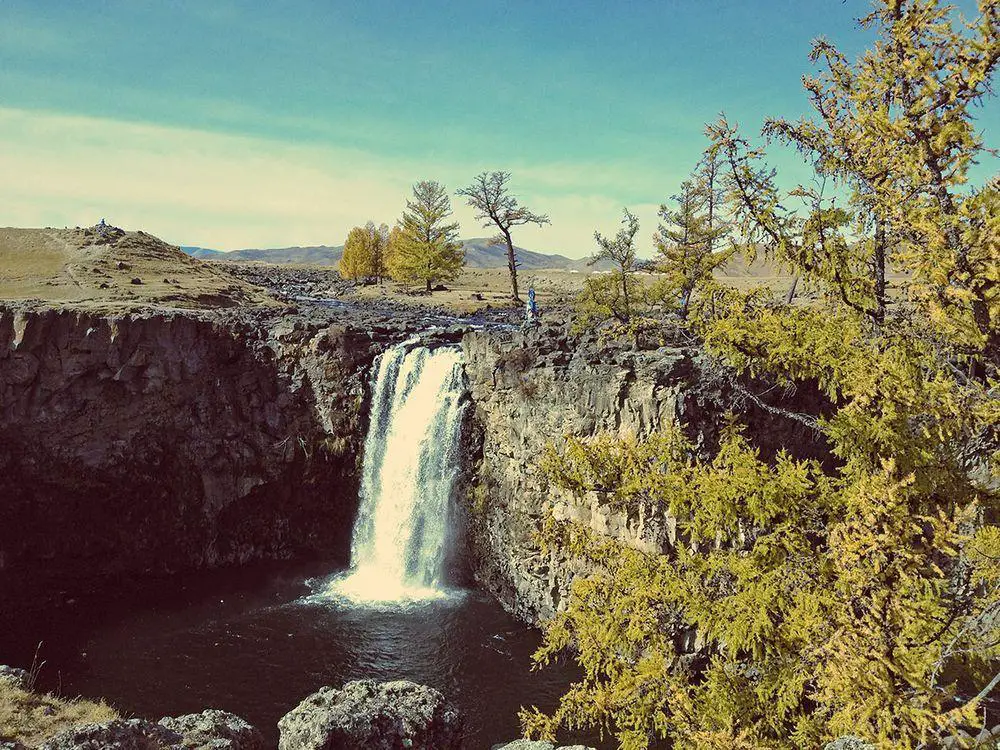
Wonders of Mongolia
This enormous country is sparsely populated – but quite rich with natural and man-made heritage. Highlights of Mongolia are fossil finds – unique places that are packed with fossilized bones of extinct reptiles and amphibians, as well as rich and often unique monuments of prehistoric rock art.

Buddhist shrines
Buddhism is one of the world religions and at the same time is a spiritual philosophy with diverse traditions, beliefs, and practices. There exists a rich tradition of architecture expressed in Buddhist temples and monasteries.
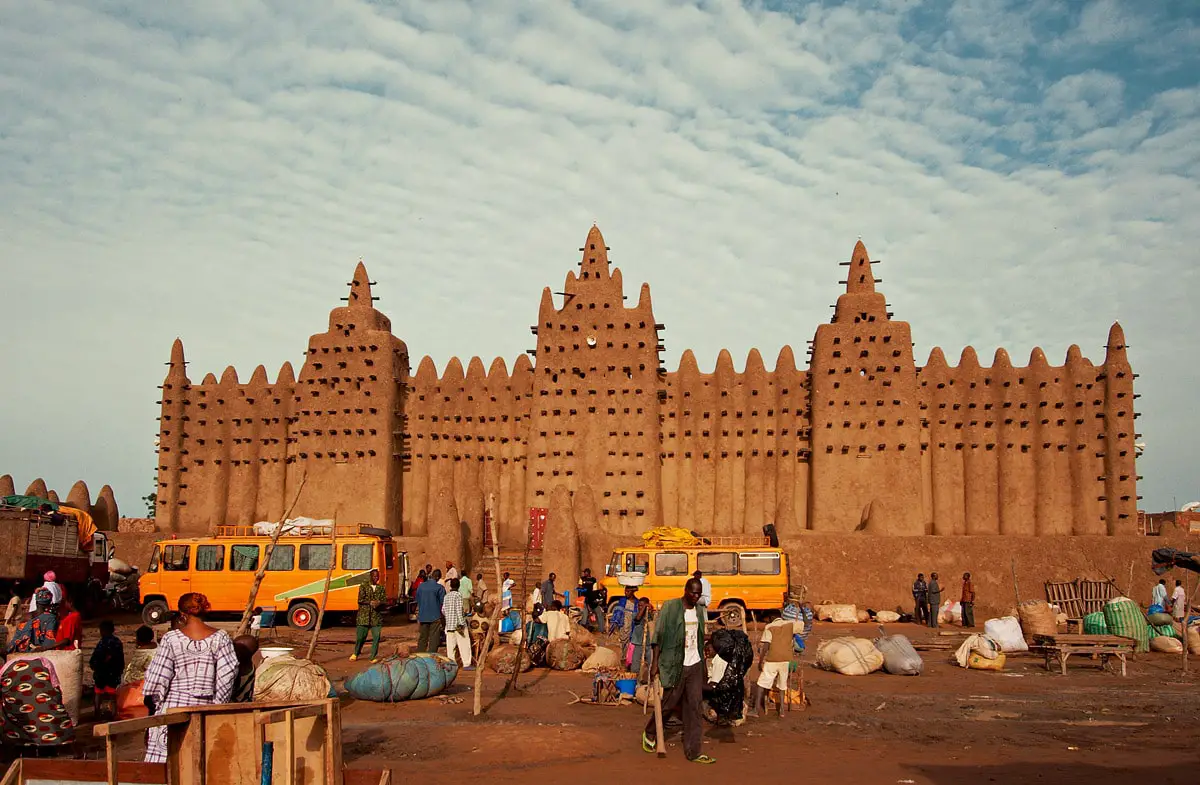
Religious architecture
Since ancient times human talents and skills have been expressed in religious architecture and arts, and traditions and rituals have evolved around pilgrimage sites. Religious buildings represent a major part of the highest achievements in architecture and crafts.
 Recommended books
Recommended books
Bones of the Master: A Journey to Secret Mongolia
In 1959 a young monk named Tsung Tsai (Ancestor Wisdom) escapes the Red Army troops that destroy his monastery and flees alone three thousand miles across a China swept by chaos and famine. Knowing his fellow monks are dead, himself starving and hunted, he is sustained by his mission: to carry on the teachings of his Buddhist meditation master, who was too old to leave with his disciple.
The Lama Question: Violence, Sovereignty, and Exception in Early Socialist Mongolia
Before becoming the second socialist country in the world (after the Soviet Union) in 1921, Mongolia had been a Buddhist feudal theocracy. Combatting the influence of the dominant Buddhist establishment to win the hearts and minds of the Mongolian people was one of the most important challenges faced by the new socialist government. It would take almost a decade and a half to resolve the “lama question,” and it would be answered with brutality, destruction, and mass killings.

